 |
 |
 |
 |
 |
 |
|
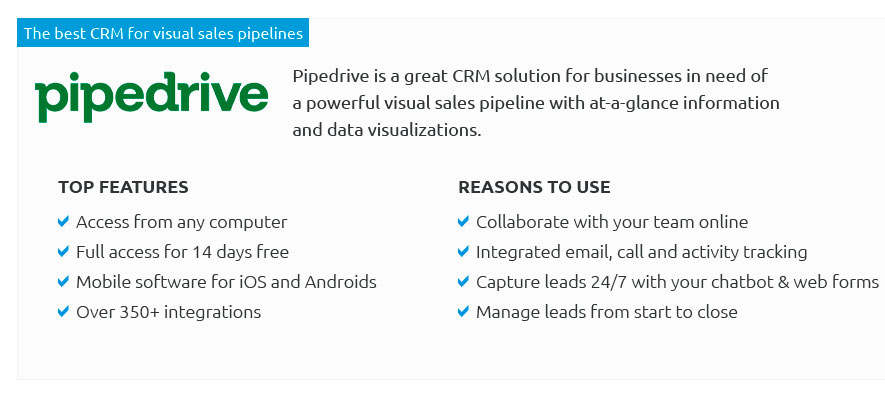 |
|
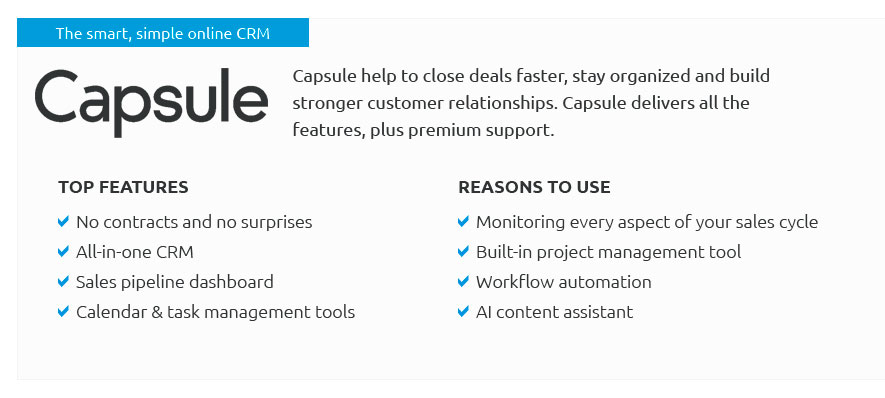 |
|
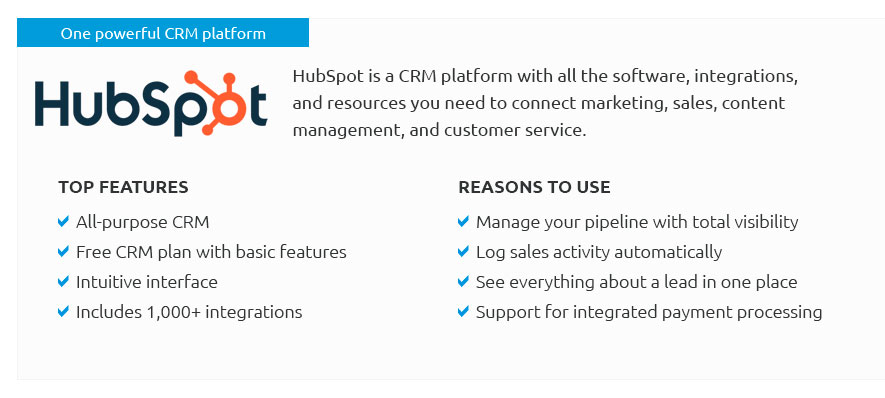 |
|
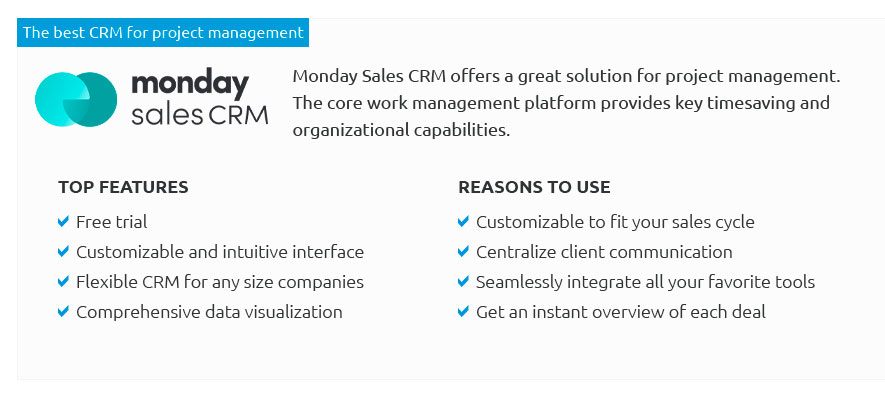 |
|
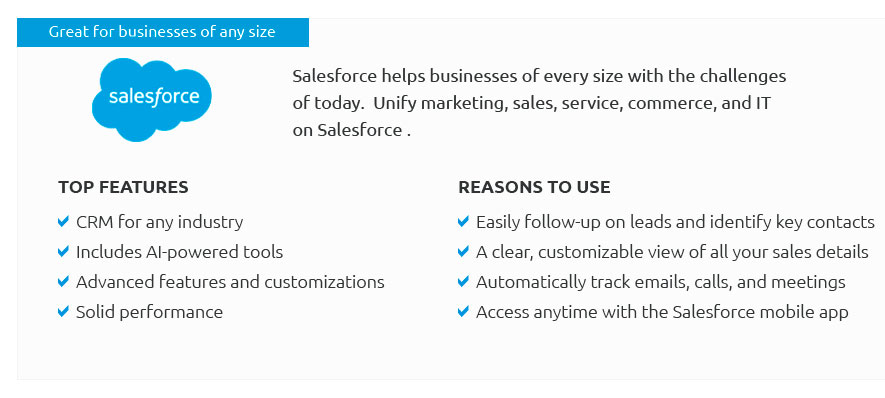 |
|
 |
 |
Understanding the Art of Timeline CreationWhen we delve into the concept of timeline creation, we are not merely mapping out a sequence of events; we are engaging in a meticulous process that requires foresight, planning, and a dash of creativity. The importance of crafting a well-structured timeline cannot be overstated, particularly in today’s fast-paced world where time is often our most precious resource. At its core, a timeline is a visual representation of chronological events, but its utility extends far beyond simple chronology. It serves as a tool for project management, historical analysis, educational purposes, and even personal development. The process of creating an effective timeline involves several critical considerations, and understanding these can make the difference between a successful project and one that falters. Firstly, it is essential to define the purpose of your timeline. Are you illustrating a historical period for an educational project, mapping out a project's phases for business planning, or perhaps charting personal goals? The clarity of purpose will guide all subsequent decisions, from the selection of events to the design of the timeline itself. Once the purpose is clear, the next step is identifying the key events that need to be included. This requires careful research and judgment to discern which events are most pertinent to your objectives. Equally important is the organization of these events. A well-organized timeline should facilitate understanding, not hinder it. Consider how events are interrelated and how these relationships can be effectively communicated. This often involves a consideration of scale-whether to cover broad strokes of time with significant gaps or to zoom in on a more detailed period. The visual design of the timeline also plays a crucial role. Aesthetic choices can greatly influence the readability and impact of your timeline. Using clear labels, appropriate spacing, and perhaps color coding for different types of events can enhance comprehension and engagement. Moreover, the medium of your timeline must be considered. In today's digital age, there is an abundance of tools available, ranging from simple paper and pen to sophisticated software that allows for interactive timelines. Each medium has its advantages and limitations. Digital tools, for example, offer flexibility and ease of sharing, while a physical timeline might be more appropriate in a tactile learning environment. The decision should align with the timeline's intended audience and purpose. Lastly, don't overlook the importance of revision. A timeline is not a static entity; it should be reviewed and adjusted as new information becomes available or as the context changes. In many ways, a timeline is a living document, reflecting not just the passage of time, but our evolving understanding of it. Through careful planning, thoughtful organization, and mindful presentation, timeline creation becomes not just a task, but an opportunity to bring clarity and insight into complex sequences of events. https://www.smartdraw.com/timeline/timeline-maker.htm?srsltid=AfmBOoqkKoLDvkREgT3BSCOlOxATJyU-adKoJji554i99lNsuVOR2ftN
SmartDraw's timeline software is the quickest way to create timelines and other historical charts. Start by choosing any of our timeline templates. https://support.microsoft.com/en-us/office/create-a-timeline-9c4448a9-99c7-4b0e-8eff-0dcf535f223c
In the Choose a SmartArt Graphic gallery, click Process, and then double-click a timeline layout. Tip: There are two timeline SmartArt graphics: Basic timeline ... https://www.reddit.com/r/historyteachers/comments/yzel6j/anyone_know_of_a_timeline_creation_program/
Comments Section ... Sutori is my go-to. ... Canva can work for this. ... My students do timelines on a communal Google slides presentation. Each ...
|